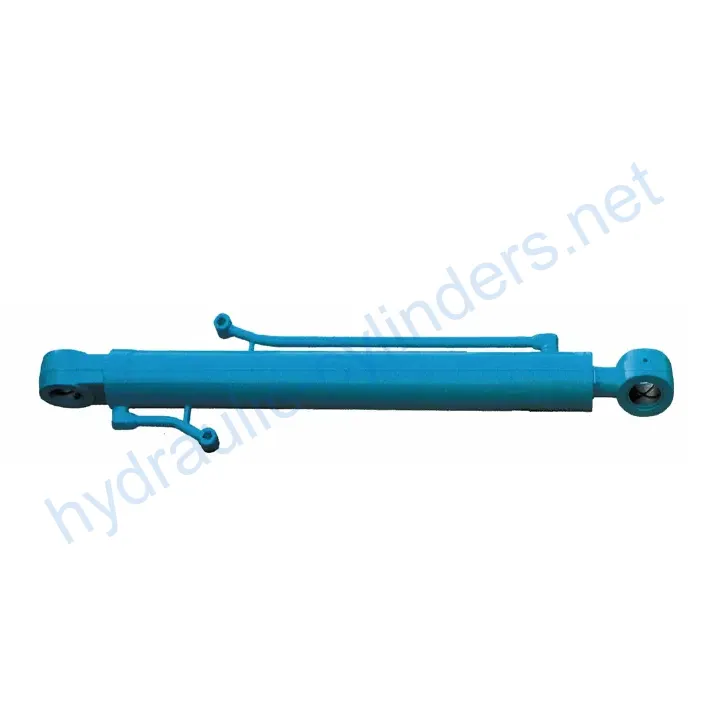Boom Cylinder For Takeuchi Small Excavator TB128FR
Kaip vienas iš hidraulinių cilindrų gamintojų, tiekėjų ir mechaninių produktų eksportuotojų, mes siūlome hidraulinius cilindrus ir daugelį kitų produktų.
Susisiekite su mumis dėl išsamesnės informacijos.
Paštas:sales@hydraulic-cylinders.net
Hidraulinių cilindrų gamintojas, tiekėjas ir eksportuotojas.
Boom Cylinder For Takeuchi Small Excavator TB128FR
Introduction to Boom Cylinder
The Boom Cylinder is a crucial hydraulic component in small excavators, such as the Takeuchi TB128FR. It is specifically designed to control the movement of the boom, enabling the operator to efficiently lift, lower, and tilt the bucket. This hydraulic cylinder plays a vital role in performing various material handling tasks, making it indispensable in construction and excavation projects. The bucket cylinder facilitates the movement of heavy loads, ensuring that operations are executed smoothly and effectively. By using hydraulic pressure, it allows for precise control over the excavator’s functions, enhancing productivity and efficiency on the job site.
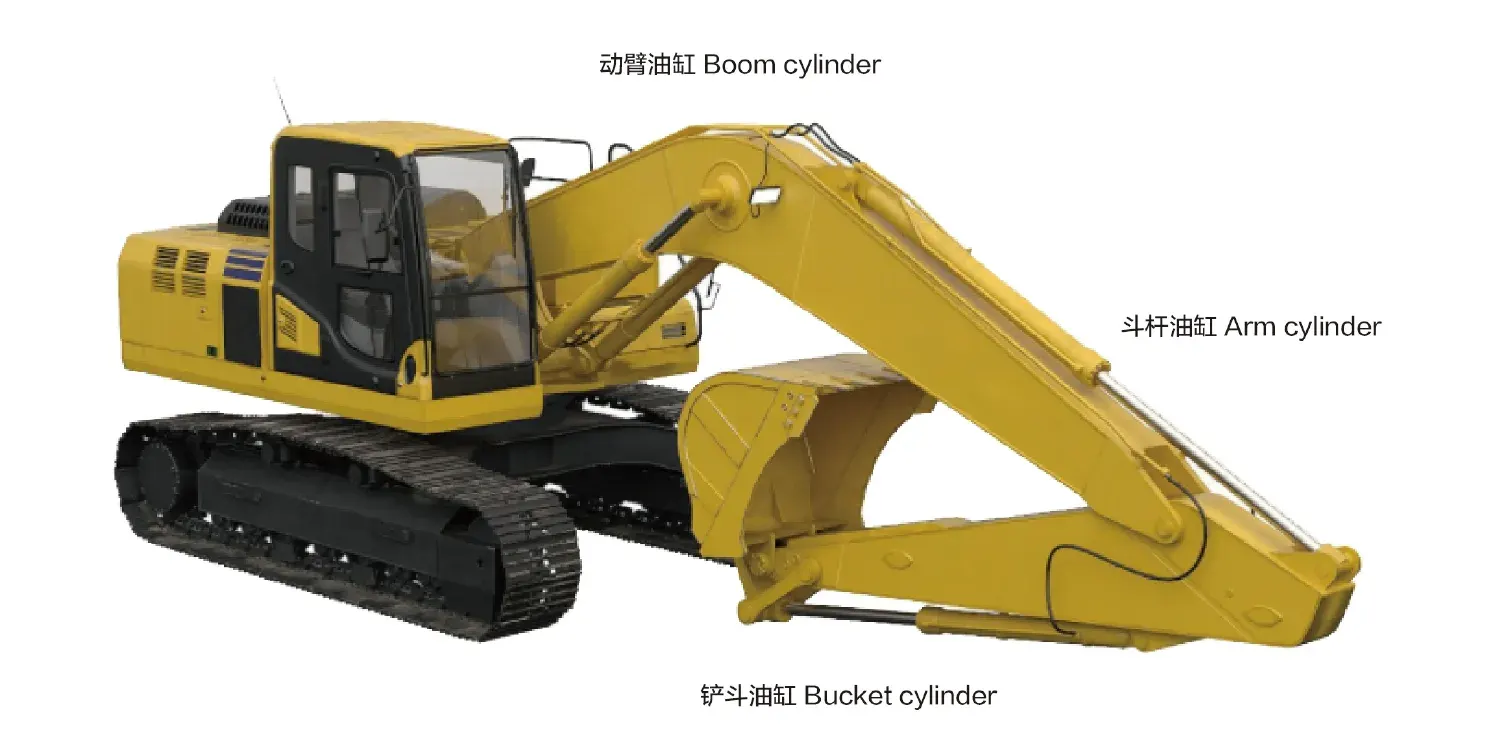
Key Features of the Boom Cylinder
-
High Strength and Durability
Constructed from high-strength steel or aluminum, the Boom Cylinder can withstand high pressure and heavy loads, making it suitable for harsh working environments. Its design considers wear resistance and corrosion, significantly extending its lifespan.
-
Efficient Hydraulic Operation
The cylinder utilizes hydraulic oil pressure to achieve smooth extension and retraction, allowing for quick response to operator commands. This feature provides powerful pushing and pulling capabilities, ideal for handling heavy objects and complex tasks.
-
Diverse Types
Available in single-acting (using hydraulic only in one direction) or double-acting (using hydraulic in both directions) configurations, the Boom Cylinder can meet various operational requirements. Certain models are telescopic, allowing for greater extension without increasing external dimensions, perfect for tight spaces.
-
Ease of Replacement
Our products are designed to perfectly replace existing hydraulic cylinders, ensuring a seamless installation process without compromising performance.
-
Advanced Design Features
With considerations for load capacity, durability, and maintenance, the Boom Cylinder incorporates cutting-edge technology and materials to optimize performance and reliability.
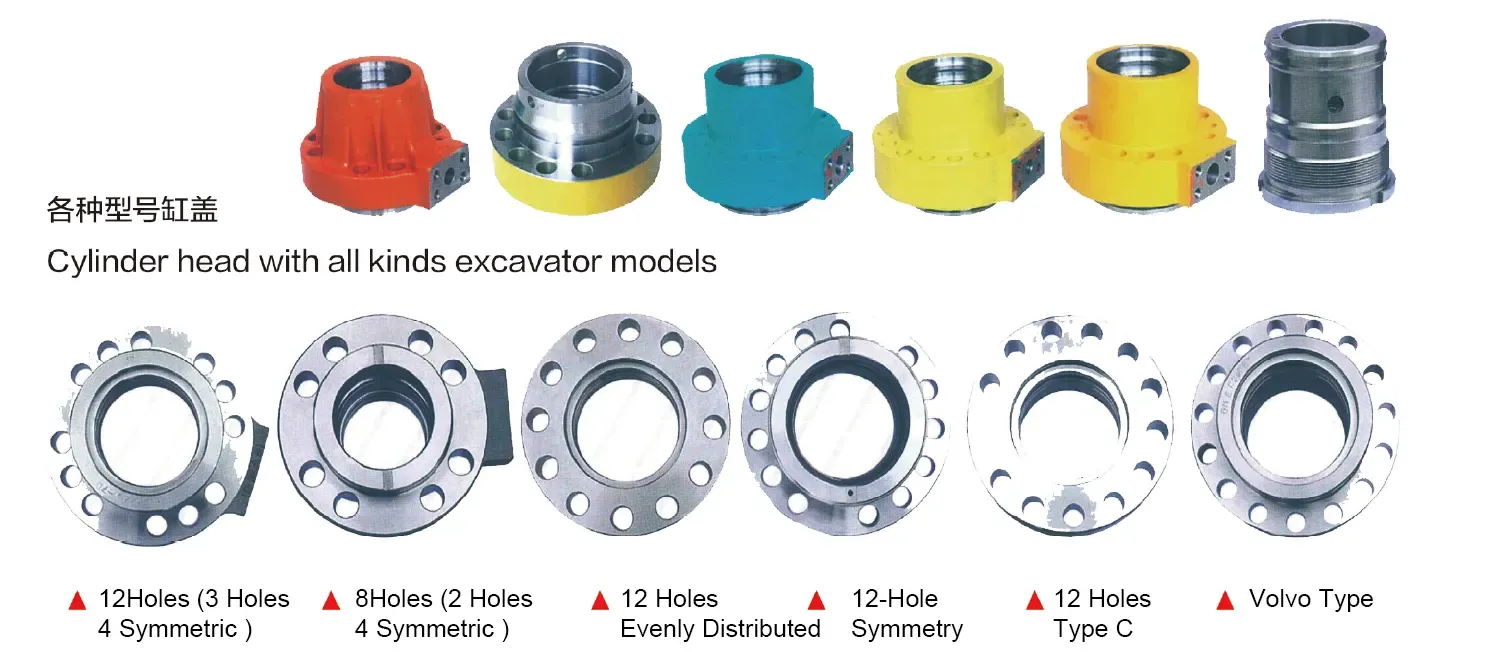
Applications of the Boom Cylinder
-
Construction Equipment
In excavators, the Boom Cylinder is essential for digging, loading, and moving dirt or debris. It allows the digging bucket to penetrate the ground effectively, increasing productivity on construction sites.
-
Agricultural Machinery
In front-end loaders, the Boom Cylinder plays a key role in scraping, lifting, and transporting soil, hay, and other materials. It enhances the loader’s ability to handle various agricultural tasks efficiently.
-
Excavators
The Boom Cylinder enables the excavator’s bucket to penetrate the soil, facilitating excavation operations. Its design maximizes digging depth and load capacity, making it a vital component for earthmoving tasks.
-
Loaders
In front-end loaders, the Boom Cylinder assists in lifting and dumping loads efficiently. Its hydraulic action ensures smooth operation, making tasks like material handling faster and more efficient.
Design Considerations and Selection Criteria
-
Load Capacity
When selecting a Boom Cylinder, understanding its load capacity is crucial. The cylinder must be capable of lifting the maximum weight required for specific tasks without compromising performance or safety. A higher load capacity ensures versatility and reliability in various applications, particularly in construction and heavy machinery operations.
-
Sealing Mechanisms
Effective sealing is vital for hydraulic cylinders to prevent leakage and maintain pressure. High-quality seals made from durable materials like polyurethane or nitrile rubber are essential to ensure long-lasting performance and minimize maintenance needs. Proper sealing technology enhances the efficiency and reliability of the hydraulic system.
-
Durability
Durability is a key factor in the design of the Boom Cylinder. It should be constructed from materials that can resist wear and tear from abrasive materials typically encountered in excavation and construction environments. Enhanced durability reduces the need for frequent replacements, ultimately lowering operational costs.
-
Safety Features
Safety is paramount when operating hydraulic machinery. The Boom Cylinder design should include safety features like pressure relief valves to prevent overloading and ensure safe operation. Properly designed safety mechanisms protect both the operator and the equipment during operation.
-
Maintenance Accessibility
Design considerations should also focus on maintenance accessibility. Easy access to seals, rods, and other critical components facilitates regular maintenance and inspections, ensuring the Boom Cylinder remains in optimal working condition. A design that allows for straightforward maintenance can help reduce downtime and improve overall efficiency.

Sealing and Lubrication of the Boom Cylinder
The effectiveness of the Boom Cylinder heavily relies on proper sealing and lubrication. Various sealing components are utilized, including piston seals and rod seals, which are crafted from wear-resistant materials such as polyurethane and nitrile rubber. These materials ensure that the seals can withstand the high pressures and harsh conditions typically faced in heavy machinery operations.
Additionally, the cylinder body and threaded end surfaces undergo fine machining to enhance wear resistance and ensure a tight fit for the seals. Regular lubrication is imperative; hydraulic oil must be replenished periodically to keep the cylinder operating smoothly. Adequate lubrication prevents friction between moving parts, prolonging the life of the cylinder and maintaining its performance.
Preventive Maintenance Measures
-
Regular Inspections
Conducting regular inspections of the Boom Cylinder is essential to identify any signs of wear, leaks, or damage. Operators should look for any unusual noises or performance issues during operation, ensuring that any problems are addressed promptly to prevent more significant failures.
-
Proper Lubrication
Maintaining proper lubrication levels is critical for the smooth functioning of the Boom Cylinder. Operators should check the hydraulic oil levels regularly and add oil as needed to retain the necessary pressure and prevent overheating. Proper lubrication reduces wear and tear on the seals and other components, extending the cylinder’s lifespan.
-
Seal Replacement
Seals are subject to wear and should be replaced as part of routine maintenance. Inspect the seals for any signs of cracking or damage, and replace them if necessary to ensure optimal performance. Properly maintained seals prevent hydraulic fluid leaks, which can lead to performance issues and environmental concerns.
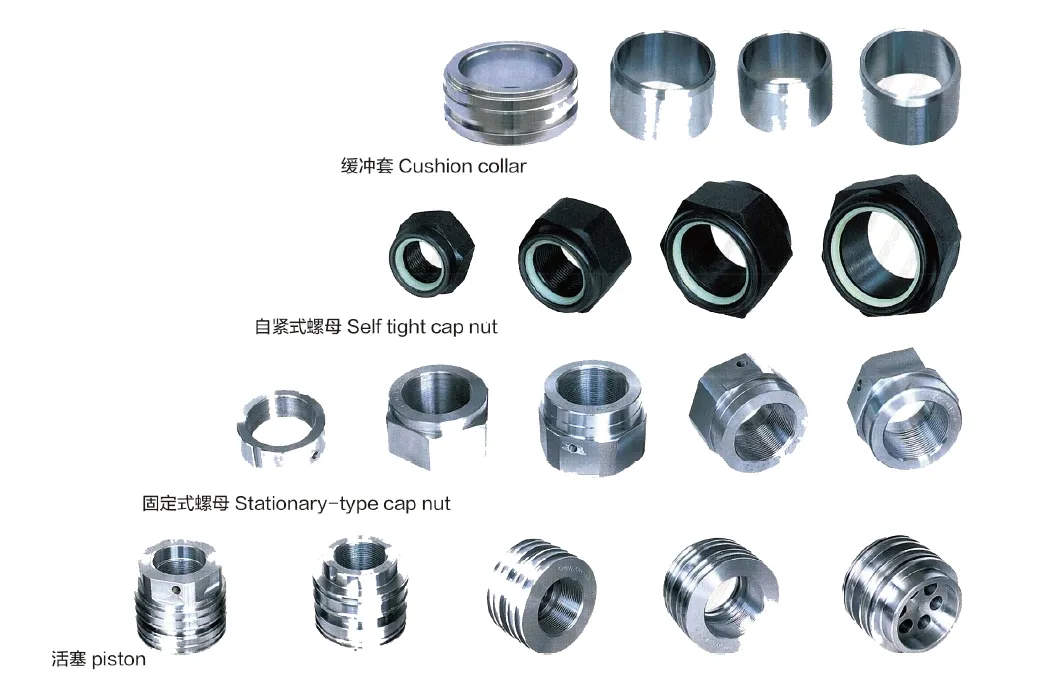
Importance of Proper Installation
Correct installation of the Boom Cylinder is crucial for optimal performance. Ensure that the cylinder is aligned correctly during installation to prevent undue stress on the hydraulic components. Using appropriate mounting brackets can stabilize the cylinder, ensuring it operates smoothly without excessive vibration or movement.
It is essential to follow the manufacturer’s guidelines for installation, which typically include checking the alignment and securing all fittings properly. Regular checks for alignment after installation can prevent issues during operation. Additionally, understanding the recommended inspection, repair, and replacement procedures helps maintain the cylinder’s performance over time, ensuring longevity and reliability.
Safety Considerations and Environmental Factors
When working with hydraulic systems, safety measures are of utmost importance. Operators should be trained to recognize potential hazards associated with hydraulic equipment, including pressure buildup and mechanical failure. Proper personal protective equipment (PPE) should be worn to prevent injuries during operation and maintenance tasks. Additionally, environmental considerations must be taken into account to prevent hydraulic fluid leaks, which can pose risks to the surrounding area and ecosystems.
Common Issues and Troubleshooting
-
Leakage
Leakage is one of the most common issues faced by hydraulic cylinders. Frequent checks for leaks around seals and fittings are necessary. If a leak is detected, it is essential to identify the source and replace any damaged seals or fittings promptly.
-
Loss of Pressure
A sudden loss of pressure can cause the Boom Cylinder to malfunction. Operators should inspect the hydraulic lines for any signs of damage or blockages, as these can lead to pressure drops. Ensuring that the hydraulic fluid is at the correct level is also crucial.
-
Unusual Noises
Any unusual noises during operation may indicate internal issues such as worn seals or insufficient lubrication. Operators should perform immediate inspections if any strange sounds are heard to prevent further damage.
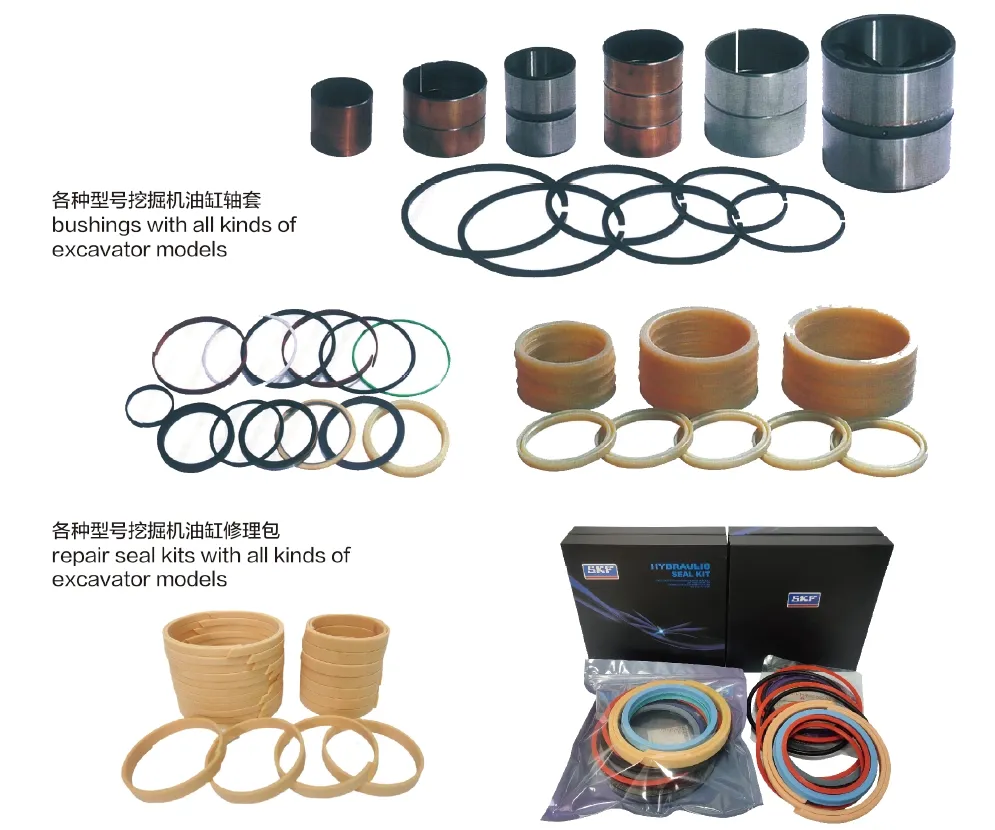
Conclusion
As a leading manufacturer of replacement hydraulic cylinders, our company offers a wide range of products that meet the diverse needs of the global market. We adhere to strict quality standards and employ advanced manufacturing strategies, ensuring that our products are reliable and durable. Our commitment to excellence is supported by skilled personnel, high-end manufacturing equipment, and a robust testing system.
Our expertise extends to offering customized solutions tailored to specific operational requirements. With a strong focus on after-sales service, we ensure that our customers receive comprehensive support throughout the product lifespan, enhancing user satisfaction and operational efficiency.
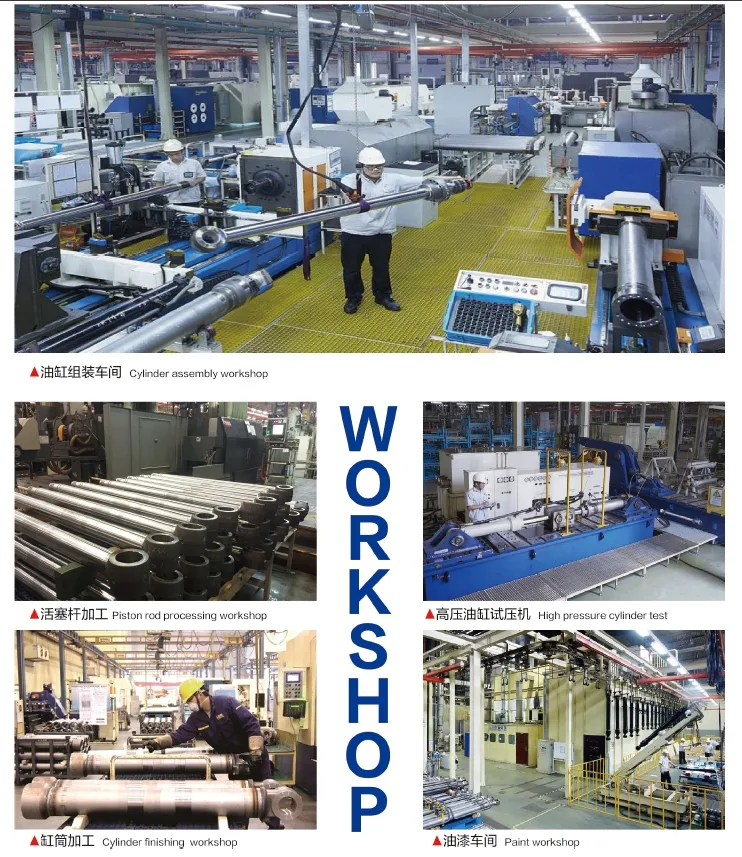
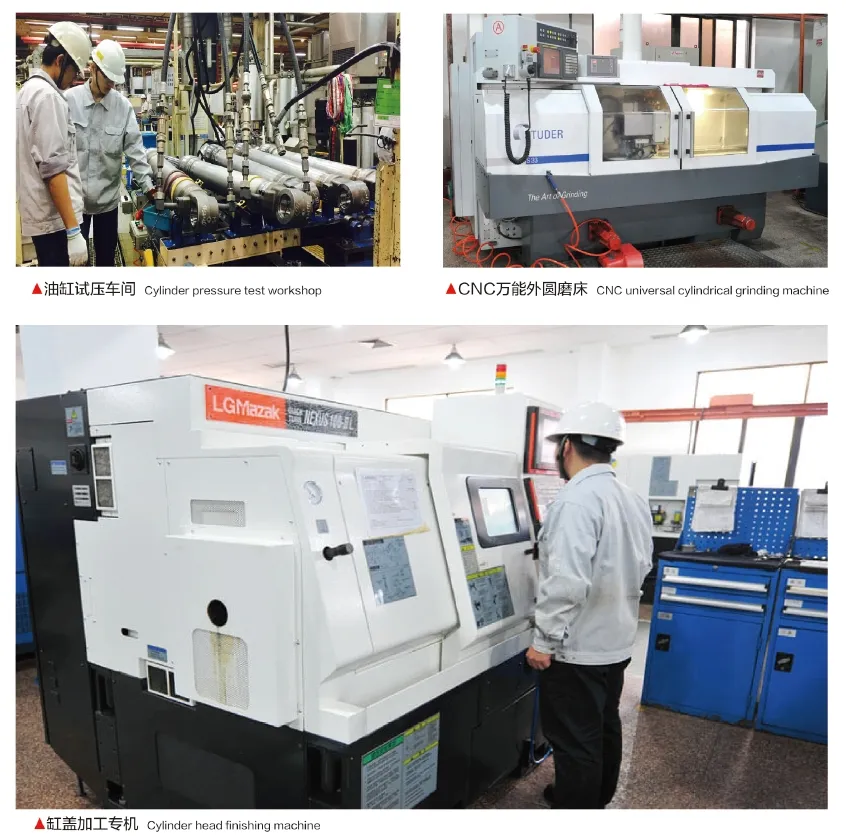
Author: lyl
Take a Tour of Our VR Factory:
Take a tour of our VR factory with the following
Hydraulic Cylinder Application:


